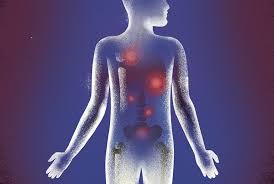
Study Reveals Rising Prostate Cancer Trends in Certain Regions Amid Global Disparities
Prostate cancer rates are stabilizing or decreasing in many countries, but certain regions continue to experience increases in both incidence and mortality, according to a study published on Dec. 11 in European Urology. The research, led by Elizabeth J. Schafer, M.P.H., from the American Cancer Society, analyzed worldwide data from the Cancer Incidence in Five Continents series and the World Health Organization mortality database to examine patterns and trends.
The findings reveal stark global disparities. In 2022, the highest incidence rates were reported in Australia/New Zealand, North America, Northern Europe, and Latin America and the Caribbean. Mortality rates, however, were most pronounced in sub-Saharan Africa and Latin America and the Caribbean. While incidence rates showed a 13-fold variation across regions, mortality rates varied by 9.5-fold, emphasizing the uneven burden of the disease worldwide.
Over the last five years, incidence rates have increased in several countries, particularly in Africa, Asia, Latin America, and Central and Eastern Europe. Mortality rates followed a similar pattern, rising in certain nations within these regions. Conversely, many countries, especially in Europe, Oceania, and parts of Latin America and the Caribbean, reported declines in prostate cancer mortality, reflecting advancements in early detection and treatment.
The study underscores the urgent need for improving access to healthcare services in regions facing an increasing burden of prostate cancer. Enhancing early detection programs and treatment options could significantly mitigate the impact of the disease in these areas. The authors also highlighted the critical importance of improving data quality and availability, particularly in low- and middle-income countries in Asia and Africa, to better understand and address existing disparities.
These findings stress the necessity for global efforts to bridge the gaps in prostate cancer care, ensuring equitable access to healthcare and resources for early intervention, especially in the most affected regions.